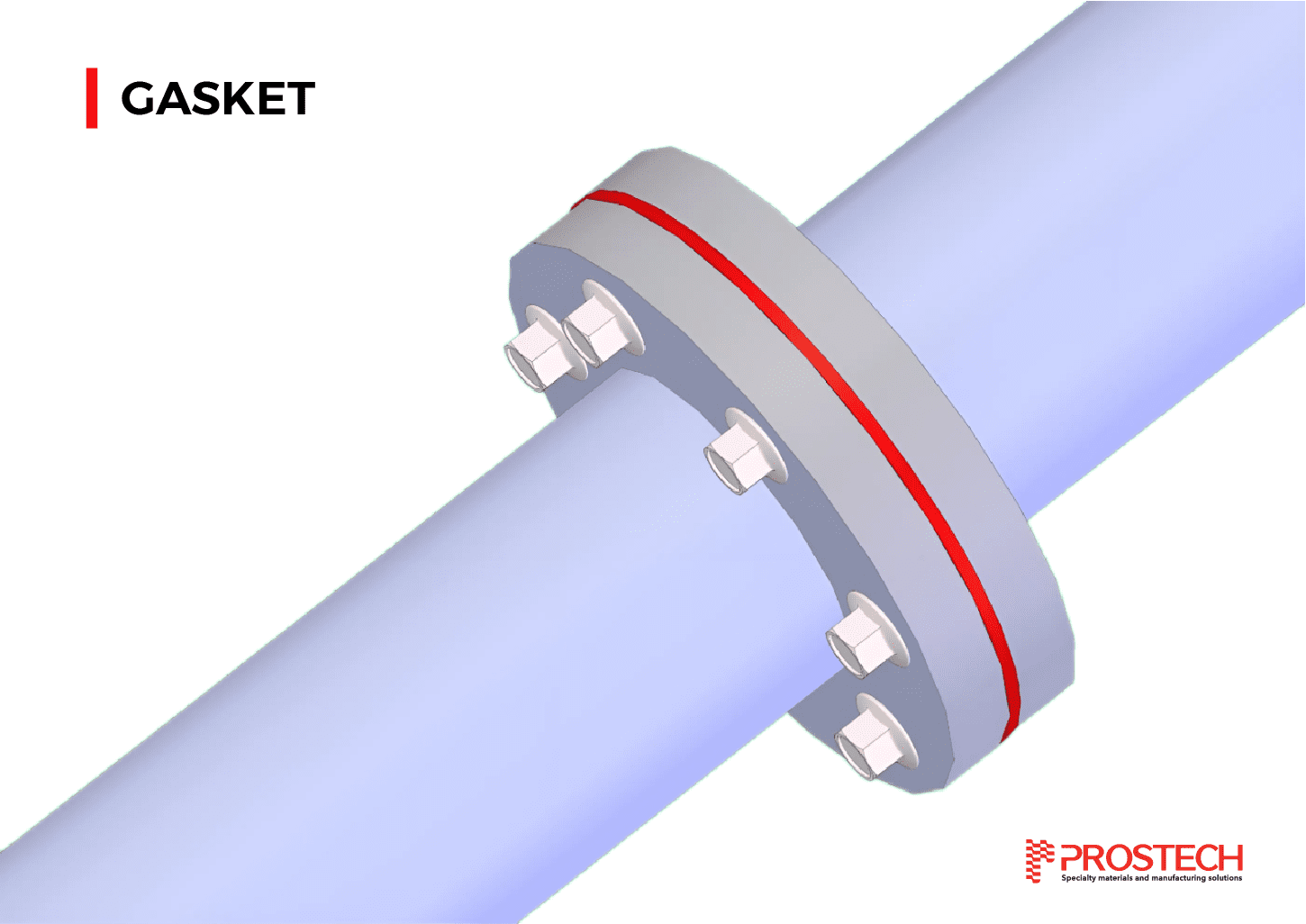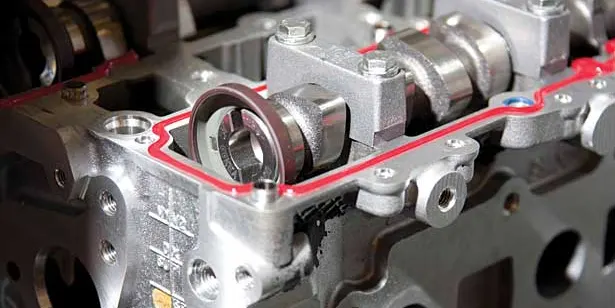For a person, a harsh or inhospitable environment could be considered a set of conditions that can cause bodily harm over a period. The concept is much the same for electronics; for example, an electrical circuit can be easily damaged or destroyed if introduced to water or high humidity levels. Other potentially damaging conditions include extreme temperatures and temperature cycles, dust, chemical, electrostatic discharge (ESD), electromagnetic interference (EMI), vibrations, and physical impact. Sealing is considered widespread use for general assembly, especially sensitive electronic equipment systems.
1/ What is a Sealing?
A sealing point is a contact surface between two parts of a machine or system that allows for a seal to form. This can include surfaces such as O-rings, gaskets, or other forms of compression seals. Sealing points are designed to create a tight fit between two surfaces so that no liquids or gases can escape or enter. This is especially important in applications where pressure and/or temperature fluctuations could cause leaks if not properly sealed.
In general, there are two different types of sealing:
- Dynamic seals, these move past each other, called Seals
- Static seals, these do not move in relation to each other, called Gasket
Find out suitable sealing and gasketing solution for your manufacture with Prostech experts!
2/ What is the difference between a Seal and a Gasket?
-
Seal
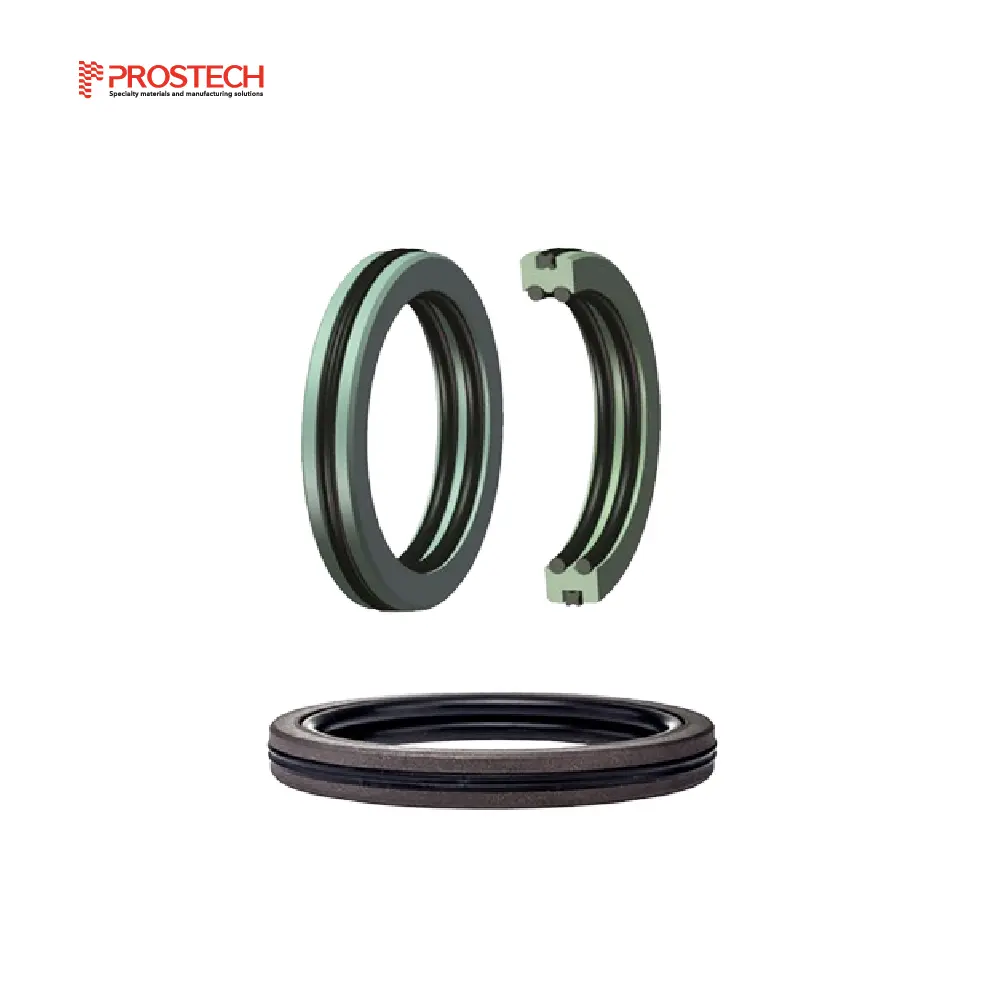
Seals are found in more active environments in motors, engines, pumps, and rotary shafts. Seals tend to be flat and round, with a tilted inner ring of rubber surrounded by a metal outer ring. The tilted angle of the seal’s inner layer helps to prevent leakage in dynamic applications.
-
Gasket
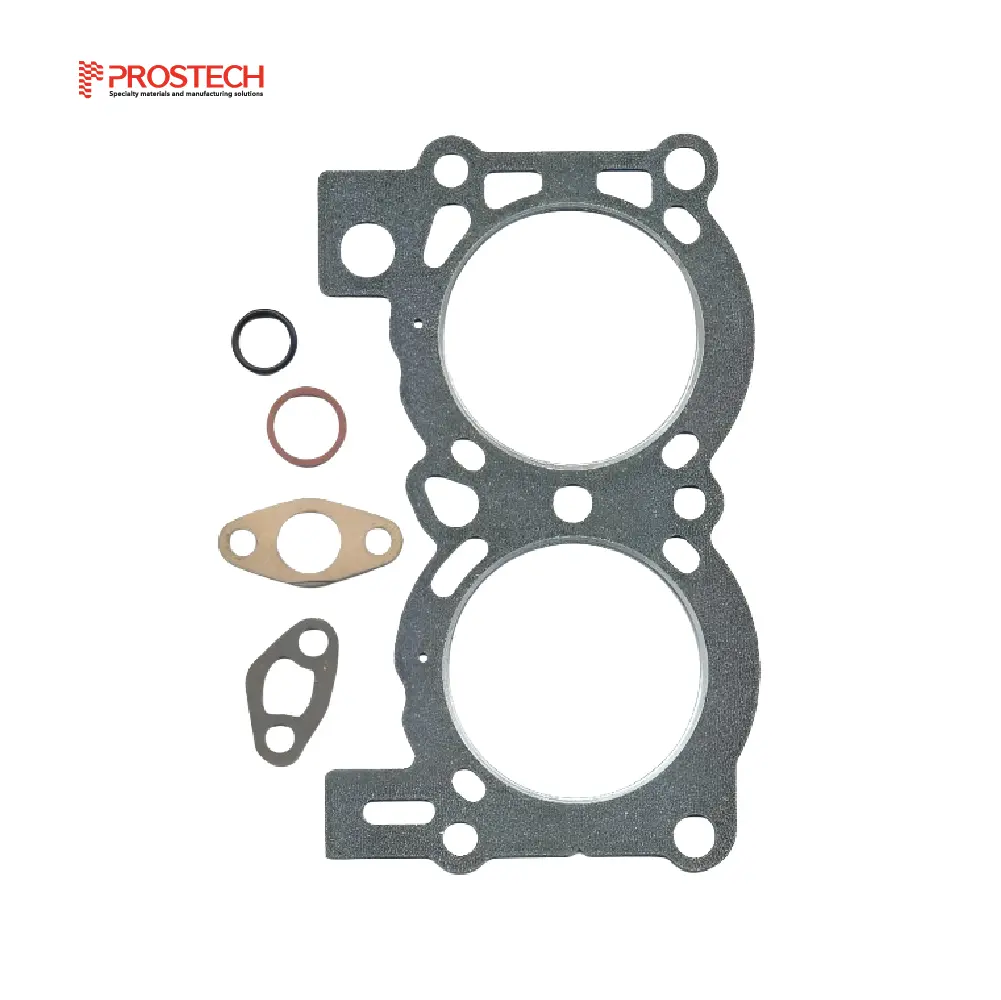
Gasket is a ring or sheet composed of a supple material used in static applications to seal joints, flanges, and other mating surfaces to prevent leakage. Gaskets are cut into different shapes so that they fit the design and bolt spacing of a component. A gasket is a seal.
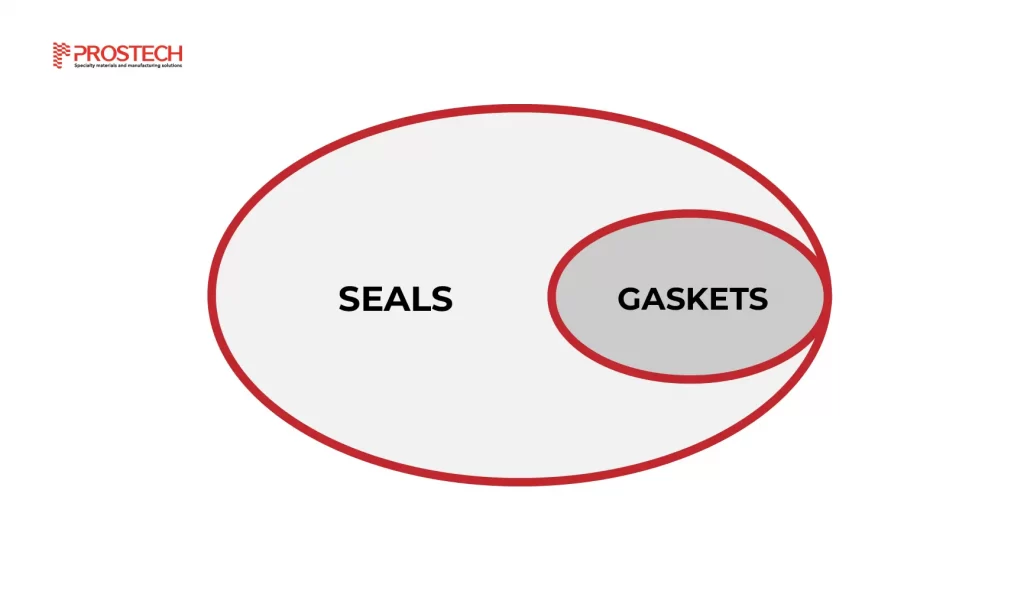
Prostech offers wide range of sealant and gasketing liquids which meet your equipment’s needs!
3/ What is the purpose of sealing?
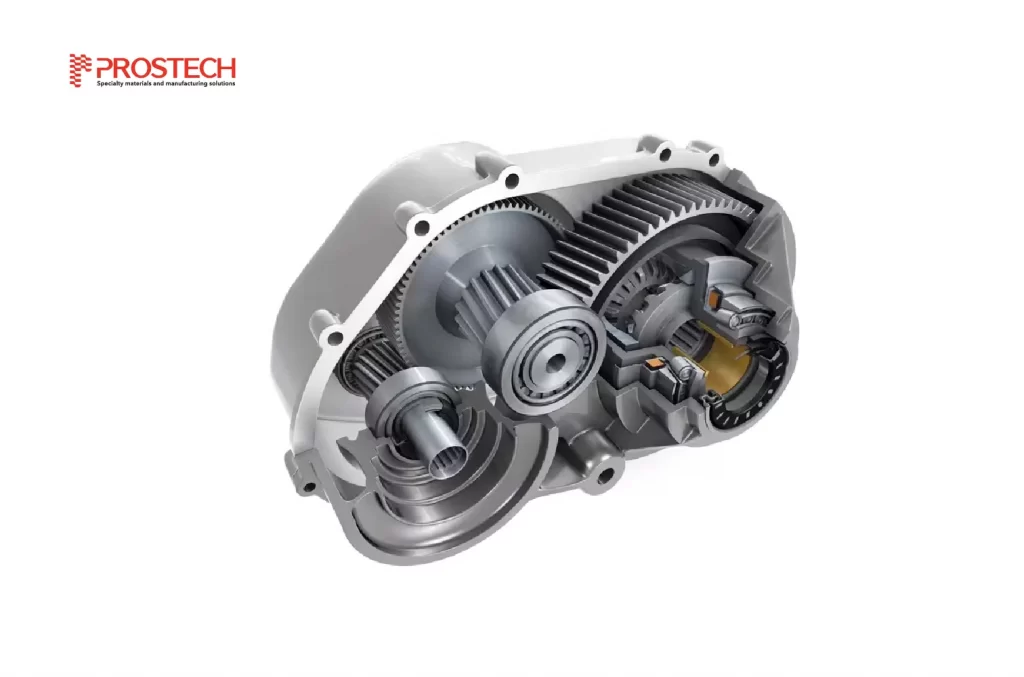
- Preventing leakage: The most important function of sealing is to prevent the escape of matter (liquids or gases) between the rotating shaft and the stationary housing of the equipment, especially toxic liquids or gases that pose serious health, safety, and environmental risks.
- Preventing penetration: Sealing can also prevent liquids or gases from penetrating the device from the outside environment such as water, salt, oil, chemicals, dust, etc. These matters can affect performance of the device, in more serious cases it can lead to device damage.
- Maintaining pressure: In some systems, your equipment may be worked under pressure or vibration, sealing ensures that this pressure can be maintained and improves the durability of the device. This is crucial for the proper functioning of systems like pressurized water pumps, hydraulic systems, and chemical processing equipment.
- Protecting Equipment: By preventing fluid or gas leakage, sealing protects other parts of the machinery from corrosion or damage caused by exposure to the process fluid. This prolongs the life of the equipment and reduces maintenance costs.
In some applications where the device you use involves electromagnetism, using special sealing can help prevent the penetration of electromagnetic (Electromagnetic interference – EMI) to avoid affecting the performance and reliability of the device.
Conclusion
In conclusion, Sealing is used as mechanical seals to prevent process fluids from escaping or contaminants from entering the delicate areas. Each given system has its best suited gasket, and it is critical to make the right gasket choice for each. A balance between the different considerations of gasket selection should be struck.
Prostech provides suitable sealing solutions for your equipment. With a focus on improving efficiency, accuracy and safety in production and life activities, Prostech’s solutions will bring you great experiences when using our services.



